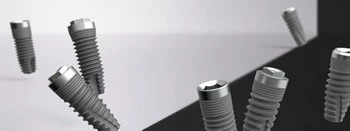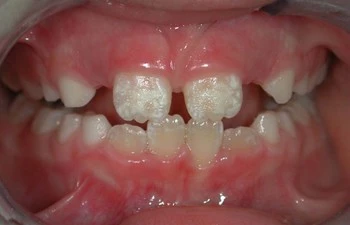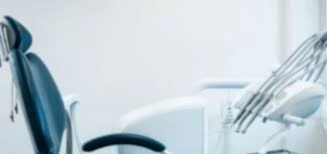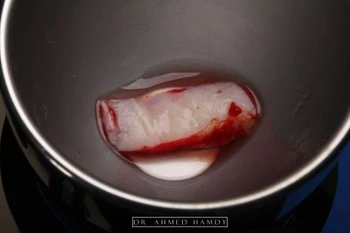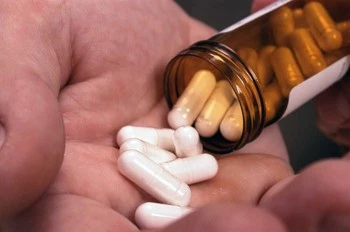Ready to Use Titanium-Based Nanostructures for Dental Implants
Titanium alloys have excellent mechanical properties, corrosion resistance and biocompatibility, but their usage as dental implants is compromised by bacterial growth causing infection, inflammation and peri-implantitis. The infection process starts with the formation of bacterial biofilms, that is, bacteria accumulate over the implant’s surfaces and form a matrix of extracellular polymeric substances to protect themselves …
Continue reading “Ready to Use Titanium-Based Nanostructures for Dental Implants”
Concerns Toward Enamel Hypomineralization
Preventive measures against dental caries aim to improve oral hygiene and to alter children’s dietary habits. The most common protocols involve fluoride application in varnish, in trays, in toothpaste or in mouth washes. Initial active carious lesions need to be remineralized while chronic or cavitated lesions need to be excavated and filled. The most important …
Continue reading “Concerns Toward Enamel Hypomineralization”
Modern Standards for Effective Dental Practice
In this article, some mandatory steps are given to ensure the efficiency and preparedness of a dental practice up to the high-quality, health-care standards. Either if you are willing to own a new practice or to renovate your current one, you need to fully address the current trends in dental providers’ offices: Location: it is …
Continue reading “Modern Standards for Effective Dental Practice”
Adapting Gingival Grafting Surgeries
Osteo-integration of dental implants is not the only factor for successful implant procedure. Maintaining soft-tissue profile and interdental papillae are also responsible for establishing stable, esthetic results of implants; and failure to restore soft tissues around the implant(s) contributes to functional, esthetic and even phonetic complications in addition to hygienic challenges and future recession. Maintaining …
The Golden Era of Silver in Dental Treatments
Topical application of fluoride is the long followed protocol for caries prevention in children even at the time of the highest risk. Food and Drug Administration recognized the application of topical silver diamine fluoride to arrest active carious lesions and as a preventive approach for unaffected teeth with no risk of toxicity. That is, silver …
Continue reading “The Golden Era of Silver in Dental Treatments”
Antibiotic Prophylaxis for Major Dental Surgeries
Antibiotic resistance is among the most prominent health threats worldwide in the recent years. About 10% of antibiotics which are prescribed in dental clinics nowadays are considered unnecessary. Worldwide, evidence has shown that 58%–81% of prophylactic dental antibiotic prescriptions are inconsistent with community/international guidelines. Dentists must acknowledge the indications for dental antibiotics, especially when prescribed …
Continue reading “Antibiotic Prophylaxis for Major Dental Surgeries”

